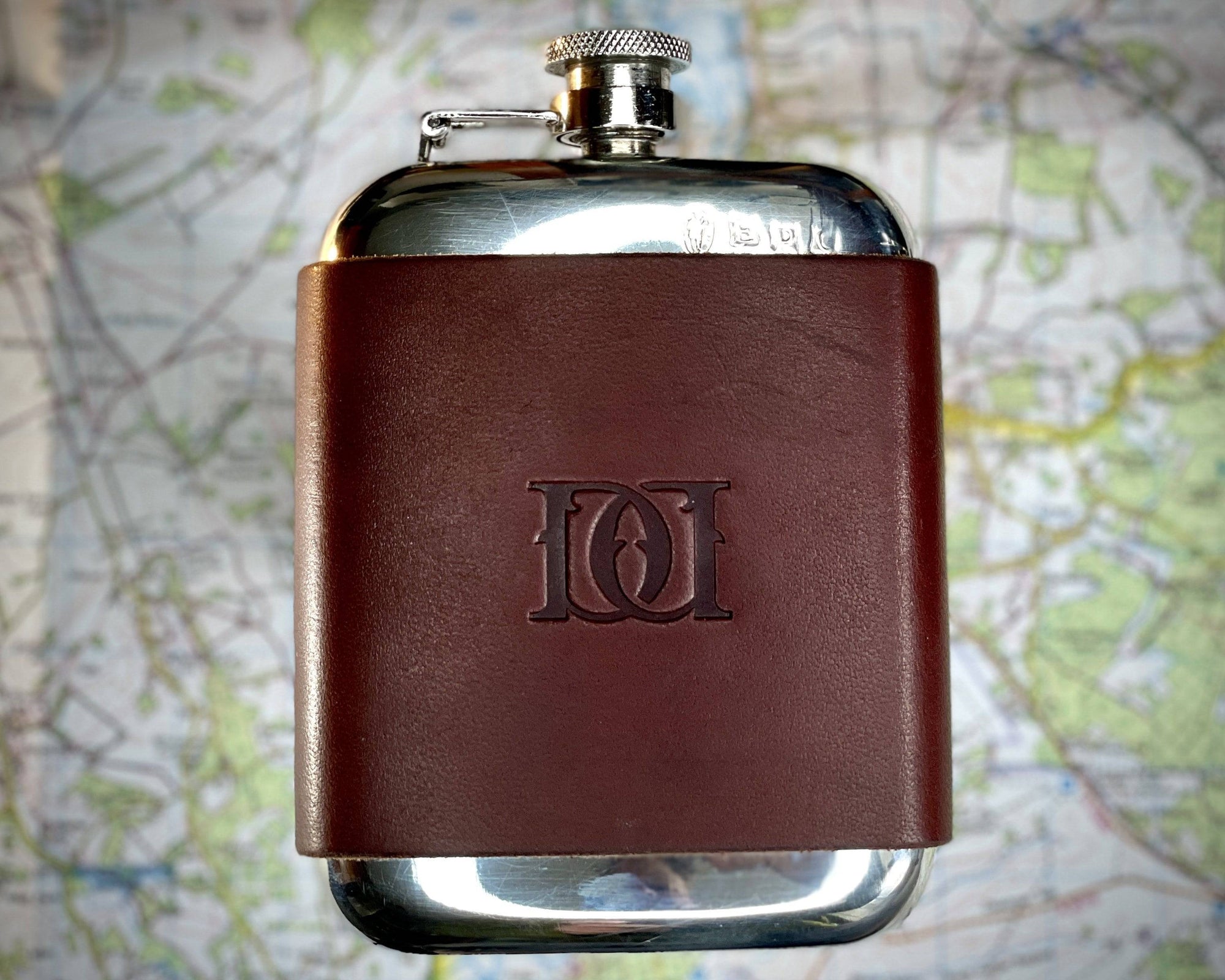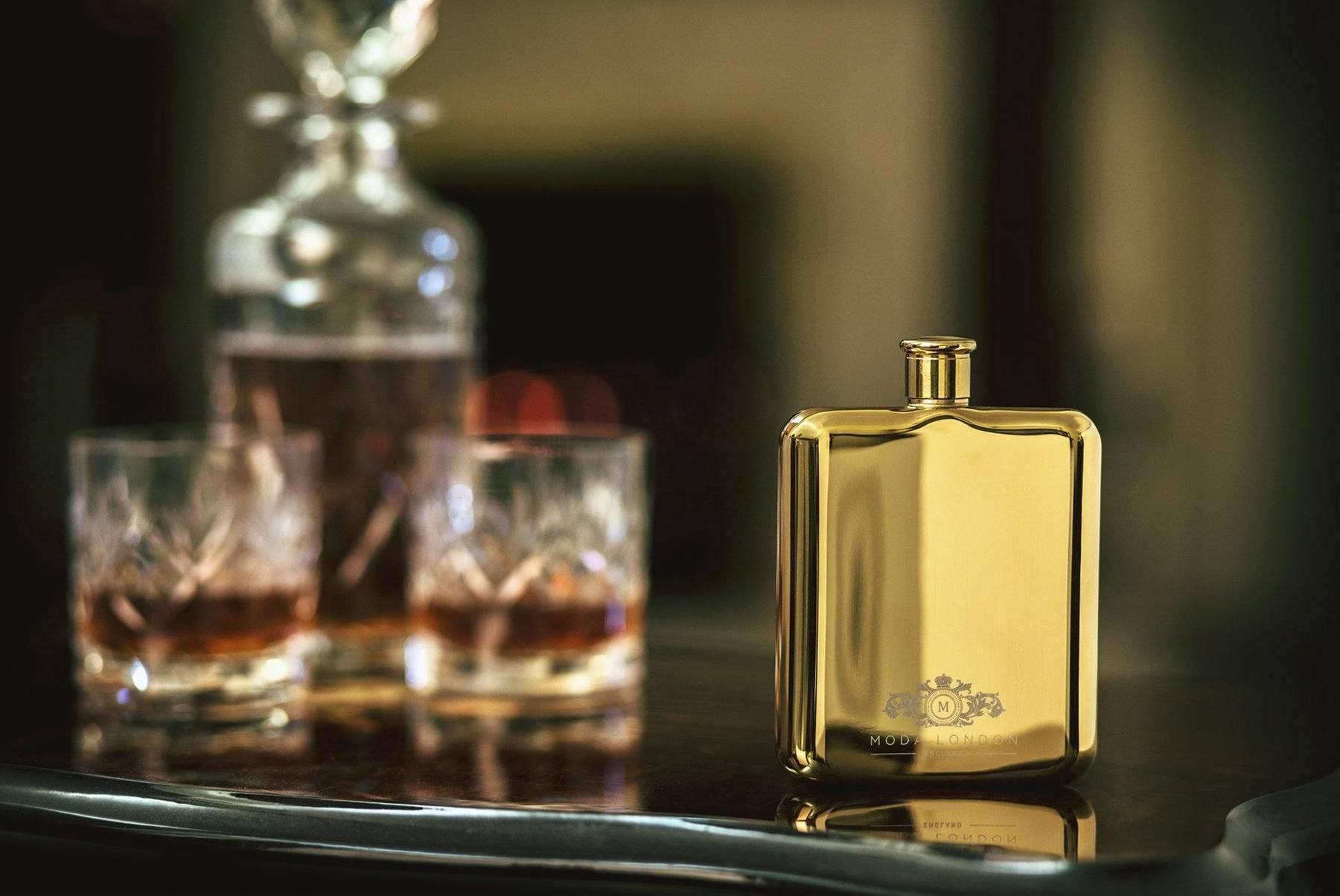Facts About The Pocket Hip Flask Co Revealed
Facts About The Pocket Hip Flask Co Revealed
Blog Article
The Of The Pocket Hip Flask Co
Table of ContentsThe smart Trick of The Pocket Hip Flask Co That Nobody is Talking AboutThe Only Guide to The Pocket Hip Flask CoFacts About The Pocket Hip Flask Co RevealedThe Ultimate Guide To The Pocket Hip Flask CoThe Pocket Hip Flask Co - Questions
Nonetheless, UK regulations are a lot more specific, with two alcohol-related legislations that refer to flasks including the Licensing Act of 2003 and Road Web Traffic Act 1930. The Roadway Traffic act of 1930 was modified in 1988 and is recognized in some circles as the Hip Flask Defense Act. The key aspect of this law relates to being drunk of medications or alcohol while running a car
It does not appear most likely that governments will certainly prevent the sales of flasks in the future. Several establishments prevent them, and it is illegal in several places to consume alcohol publically, flasks are still prominent and useful in particular situations. Of course, if flasks are ever before forbidden, people can turn to traditional methods of concealing their alcohol: For the last hundred years, flasks have become an extremely typical, traditional gift for a guy who will wed, to provide to his finest guy and groomsmen, as presents, on his special day.
The mother and dad of the new bride, and of the bridegroom, also get these gifts quite often, as the flasks can now be personalized, personalized, inscribed in a very remarkable way, making the flask a wonderful token of the wedding event day.
The Single Strategy To Use For The Pocket Hip Flask Co

Normally ships within 2 working days. We will certainly contact you directly if for any kind of factor shipping may take much longer. Release your internal adventurer with the Bremont Hip Flask. With an unique layout influenced by vintage Jerry Cans, it has actually been diligently crafted from premium stainless-steel, brass and leather, with an attractive laser engraved panel including the Bremont logo design.
Wrapped in bespoke 'Sassenach Tartan' tweed woven in Scotland and accentuated with brownish leather trim, this 6oz stainless-steel hip flask is a whisky lover's buddy. It can be found in a presentation box with a little channel for filling your flask, making a perfect present. This flask will fit nicely in any bag or bag don't discover this info here leave home without it!: 4 3/8" high 3 3/4" broad 1" deep Your hip flask is created to lug alcoholic spirits.
The Pocket Hip Flask Co Fundamentals Explained
The flask will certainly provide years of usage if you make use of a couple of simple guidelines. 1. Before first use, clean the within with warm water and cleaning up liquid. Wash thoroughly. 2. Between usages, clean and permit to dry. 3. Hip flasks are developed for short-term storage space. Consume alcohol materials within a number of days.
The Sassenach Tweed is 100% pure brand-new woollen woven in Scotland.

The Main Principles Of The Pocket Hip Flask Co
These early flasks usually consisted of ornamental elements which stood for the saints of the holy sites they went to. Nevertheless, it wasn't up until the 18th century that we start to see the appearance of the flask as we understand it today. This is due in big component to advancements in the purification process, that made it possible to produce the type of alcohol that could withstand lengthy trips without spoiling.
The flask played a substantial duty throughout the 1920's when America established restriction regulations protecting against the manufacturing, distribution or intake of alcohol throughout the country. Not surprisingly, along with the speakeasy, the appeal of the flask rose as guys and females flouted legislations, carrying flasks of bourbon and rum beneath their garments to nip at, share and sell.
Commonly a glass blown flask made mostly in the Northeast by Masons themselves for the Lodge conferences where attendees were expected to bring their very own alcohol. These flasks can be determined by the Masonic symbols embossed onto the glass throughout the production procedure. No discussion of the flask is full without an introduction of the materials used to make them.
Glass, Dating back to 5000-3500 BCE, blown glass has actually been utilized as a container for liquids, the majority of extensively used in the Masonic flasks discussed above. Today's glass flasks are frequently combined with a steel cap and base to reinforce the breakable glass itself. Stainless-steel, One of the most prominent material utilized today is stainless steel due to its affordability and toughness.
See This Report on The Pocket Hip Flask Co
Of the materials discussed below, stainless steel is without a doubt the most resilient, scratch and taint immune and keeps it's high polish for many years. Pewter, A malleable steel alloy that goes back to the Bronze Age, pewter is extra pricey than stainless steel yet less pricey than admirable silver. Noted for its unique patinaparticularly in older flasks, which have actually stained and oxidized transforming the steel a dark greya pewter flask commonly has that unique appearance of a traditional antique piece.
Report this page